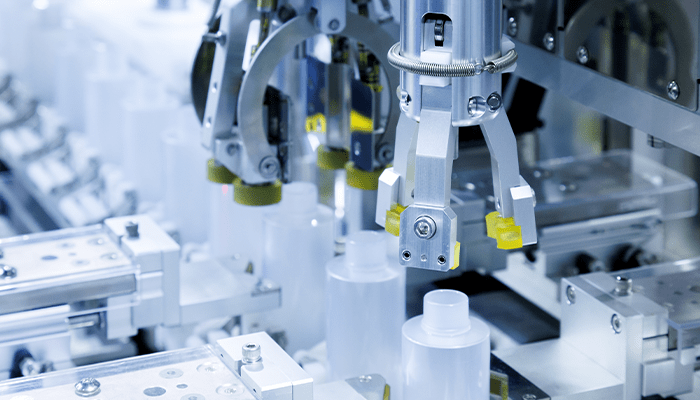
Digital Twin Technology in Manufacturing: Benefits and Applications
Digital Twin technology allows an organization to create a virtual simulation of physical objects, processes, and systems. This technology allows its users to learn the overall performance and identify any potential problems to correct any issues before the production of the part or the implementation of the process and/or system. Companies use the technology to gather valuable data and improve their decision-making.
Digital Twin technology is increasingly being adopted in manufacturing, driven by the need for greater efficiency, predictive maintenance, and enhanced product quality. Although it is relatively new, introduced as part of Industry 4.0, its use is widely seen by larger aerospace, automotive, and heavy equipment manufacturing companies. The technology is cost-prohibitive for smaller manufacturers and requires a significant amount of data to be helpful.
There are several benefits to manufacturers using Digital Twin technology. Although it may be cost-prohibitive for some companies, the long-term ROI may offset the upfront investment. Some benefits are:
- Improvement in new product design:
- Allows the design team to do a new product analysis to identify potential issues.
- Allows the design team to evaluate the new product without the need for costly prototypes, which have a lead time. Not requiring prototypes enables the design to be finalized quicker and may bring the new product to market much faster than when prototypes are required during the design process.
- Improved efficiencies in the production process: Identifies inefficiencies and optimizes production processes, leading to reduced waste and increased throughput.
- Product quality: Ensures consistent production quality by maintaining optimal operating conditions.
- Supply Chain Management: Provides insight into inventory levels and production needs, optimizing supply chain management.
- Safety: Allows the manufacturer to train employees on the new process before the actual process. Trained employees have fewer safety issues, lowering the company’s risk for safety incidents.
In summary, digital twins in manufacturing provide a holistic approach to optimizing production processes, improving product quality, reducing costs, cutting the lead time for introducing new products, and enhancing overall operational efficiency.
Our team of manufacturing insurance and risk experts is available and ready. Let's schedule a time to discuss your needs!
Featured News & Insights

The manufacturing industry is changing fast. With record-breaking investments in new facilities, cutting-edge technology, and a push for smarter, more sustainable operations, there’s a lot to be...

Manufacturing is a cornerstone of the global economy, encompassing industries that transform raw materials into finished goods. From automotive and aerospace to electronics and consumer products, the...

A recent Forbes story on key topics for manufacturers going into 2025 mentioned several, but the overall theme was the advancement of AI technologies in the manufacturing industry. Following is a...